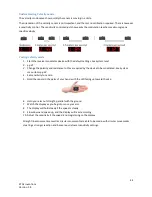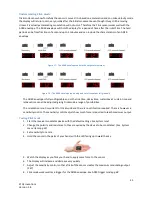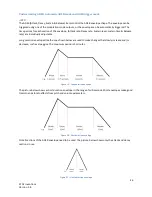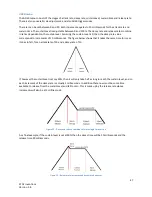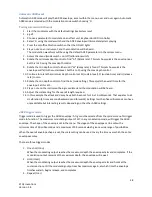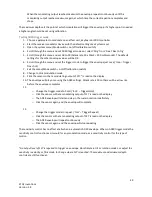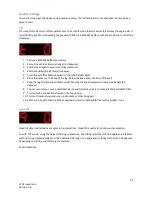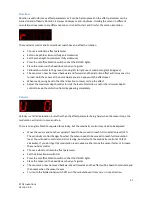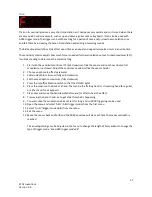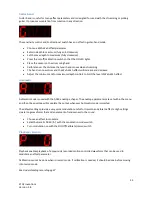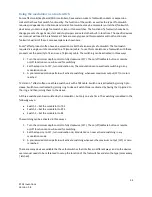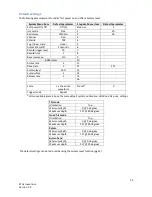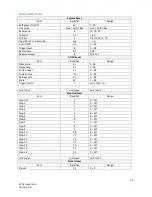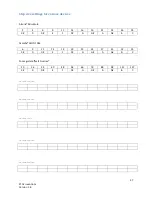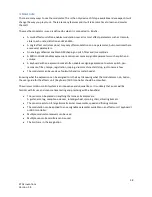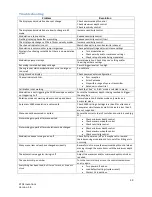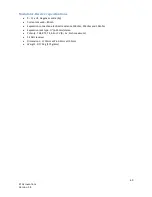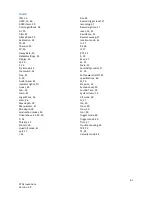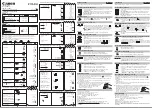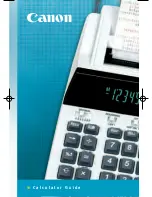
58
© Oz inventions
Version 1.8
A final note
There are many ways to use the modulator. This is the only device of its type available and we expect it will
change the way you play music. There are many features and it will take some time to learn and master
them all.
The way the modulator is used is defined by what it is connected to. Briefly -
A multi-effects unit often enables modulation over all or most effect parameters such as tremolo,
vibrato, echo rate, distortion and Wah Wah.
A single effect unit (stomp box) may only offer modulation on one parameter, but sometimes there
are several parameters.
An analog synthesizer enables ADSR shaping on pitch, filter and/or amplitude
A MIDI controller enables expression control over many assignable parameters such as pitch and
volume.
A keyboard with an expression socket often enables assigning expression to volume pitch, pan,
resonance, filter, tempo, registration, looping, drum machine start/stop, just to name a few
The modulator can be used as a footswitch and/or sustain pedal
Knowing what the expression can be assigned to is the key to knowing what the modulator can do. And so,
the user guide for the effects unit / Keyboard / MIDI controller should be consulted.
The wireless motion control system is an innovative and unusual item. It is unlikely that a user will be
familiar with its use and so some time testing and practicing will be beneficial.
The sensor can be placed on anything that moves. Examples are
A guitar, arm, leg, saxophone, dancer, rotating wheel, spinning chair, vibrating item etc.
The sensor reacts to tilt, large & small circular movements, speed and flicking motions.
The modulation can be applied to any assignable parameter available on an effects unit / keyboard /
or MIDI controller.
Multiple modulator-receivers can be used
Multiple sensor-transmitters can be used
The limits are in the imagination

